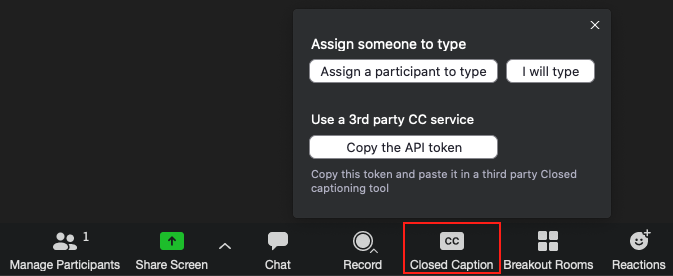

They may also include additional information like background noises, music lyrics, and other audio cues essential for understanding the context of the content.Ĭlosed captions are an essential accessibility tool, ensuring that people with hearing disabilities can fully enjoy and understand audiovisual content.

This contrasts with "open captions," permanently embedded in the video and cannot be turned off.Ĭlosed captions typically appear at the bottom of the screen, synchronized with the audio, and display dialogue, narration, sound effects, and speaker identification when applicable. The term "closed" refers to the option to turn the captions on or off, which allows viewers to choose whether they want to see the text overlay while watching the video. They are designed to provide a transcription of spoken words, sound effects, and other relevant audio information, making the content accessible to people who are deaf or hard of hearing and those who may have difficulty understanding the spoken language or need to watch videos in noise-sensitive environments. They appear on the screen as the video plays so that the information presented in the video is the same information conveyed by the text in the closed captioning.Ĭlosed captions are text-based representations of the audio content in a video or television program. For example:, ,, the lyrics to a song playing in the background, etc.Ĭlosed captions should be synchronized with the audio.

This includes spoken words, information about who is speaking, and any sounds relevant to understanding context and meaning. Closed captions are text versions of the audio content of a video.


 0 kommentar(er)
0 kommentar(er)
